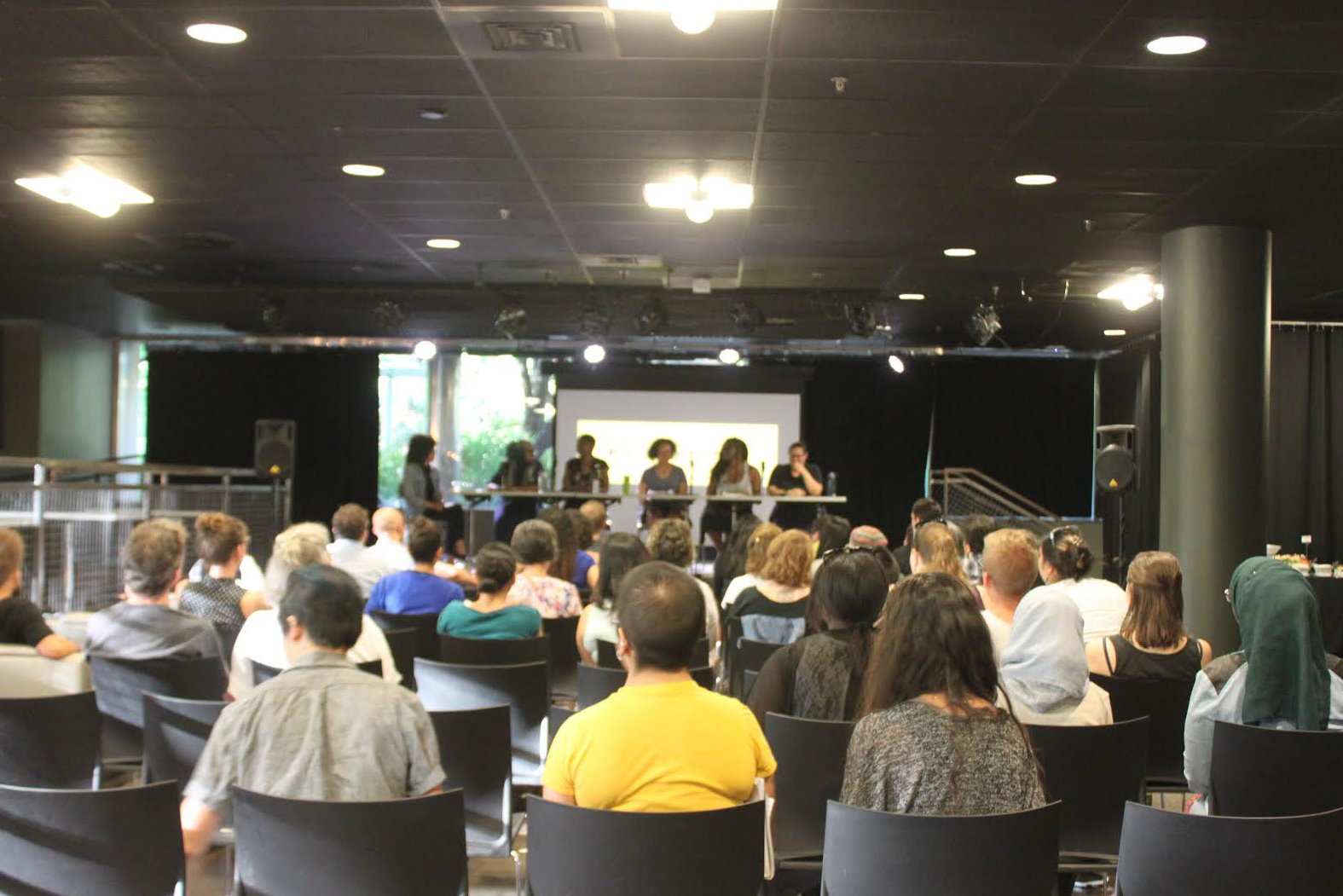Senators set sights on Stott Center
Two ASPSU senators are investigating allegations of misuse of student money at the Stott Center. They claim that an average of $40,000 a year over the last four years, and $56,000 already this year, has been diverted from where it was originally intended to go, which is student services within the building.
Funding for the Stott Center comes from students in at least three different ways: locker fees, tuition fees and course fees.
In an interview with the Vanguard Tuesday, senators Shane Jordan and Chris Moller revealed what they feel is a gross abuse of student money.
They claim that the money generated from these sources is in excess of what is needed to run the building, and that the extra money is going into different accounts.
“That money should be staying within the building,” Jordan said. “They are living almost three-fold off the backs of students” he continued, referring to the three different revenue sources of the Stott Center.
With Portland State’s budget being cut by the State of Oregon and locker and course fees on the rise, Jordan and Moller don’t understand why money generated from the Stott Center cannot be used to offset costs.
Jordan estimated the current combined cost in locker fees and course fees to be at about $62 per student per term.
Moller said the extra money has gone into the dean of urban and public affairs’ “special reserve fund.”
There was no further explanation as to what it is earmarked for, other than Moller’s personal speculation that it may be a “rainy day” fund.
Nohad Toulon, dean of urban and public affairs, is currently out of the country and unavailable for comment.
Both senators think the money ought to be put back into the facility, citing improvements that could be made to Stott Center.
“If you have a building that has to maintain itself, you shouldn’t be taking money out when there are problems that exist within the building, such as lighting problems and facilities problems,” Jordan said.
Moller echoed Jordan’s sentiments about the improvements that need to take place. “We have a facility that is available to us, but it is not always looked upon with the most favorable light. There are things wrong which certainly that $56,000 could fix. Small things, such as staffing problems, equipment problems, general maintenance and things like that.”
By “maintain itself,” Moller explained that the Stott Center is required to generate its own operating costs. This requirement was instituted roughly 10 years ago, after the building had operated at a loss for years.
Jordan also explained that student fees are being used to keep the building open past working hours, which in turn generates more income from a second student source.
“They are generating money off of the backs of students to pay for something so that they don’t have to take it out of someone else’s budget,” Jordan said. “They are generating money off of students to pay to keep it open so that they can run classes and charge students more money.”
Jordan recommended student acquisition of the building as one possible solution.
“If students took over the building and took on the responsibility of running it, like we do currently with the Smith Center, we could hire professional staff and run the courses ourselves,” Jordan said.
“We could generate revenue and put all of the money back into the building and make it a first-class athletic facility,” he continued.
Jordan said an advisory board for the Stott Center is currently looking into the issues of the “rainy day fund.”
Jordan feels one of the major problems with the structure of the building is that there is no one person in charge. He claims that a lack of organized management is a major contribution to its ineffectiveness, and thinks the students should step in to manage the building.
“There is nobody in charge over there, and it has been bubble gum and bailing wire that keep the place together,” he said.



